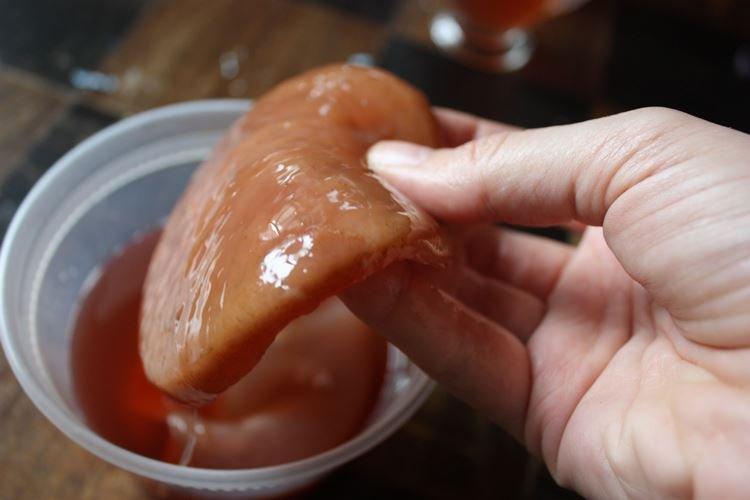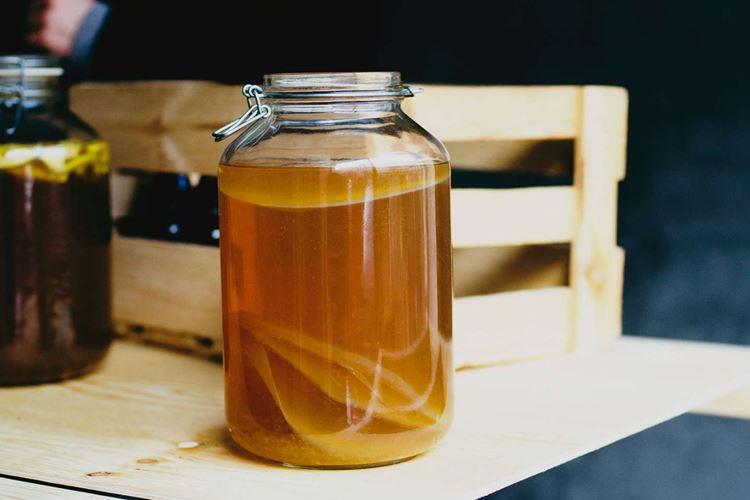
In recent years, the popularity of such an unusual product as kombucha has skyrocketed. A refreshing and healing drink is the heritage of the Eastern peoples. And now the fashion made a circle again, and it got a new name - kombucha. But even now, not everyone understands how to grow a curiosity, what kind of care it requires and what options for use exist!
Key Features
It is not at all correct to call kombucha a plant, and it is not even quite a mushroom. Previously, it was believed that this is a single organism, which was given the name "medusomycete". But still more interesting: it is a symbiosis of a yeast fungus with a bacterium. Moreover, the exact composition is not and cannot be, because both fungi and bacteria can be of completely different genera.
Traditional Chinese medicine has been using kombucha since BC. It was from there, two decades later, that he made his way to the Far East, and then to Europe. It was considered a drink of immortality and a real healing elixir.
Outwardly, the Kombucha resembles a jellyfish, from the smooth dome of which threads diverge. The color ranges from pale yellow to pinkish or brownish. If grown at home in a jar, it looks more like a multi-layered pancake, but this does not affect the taste in any way.
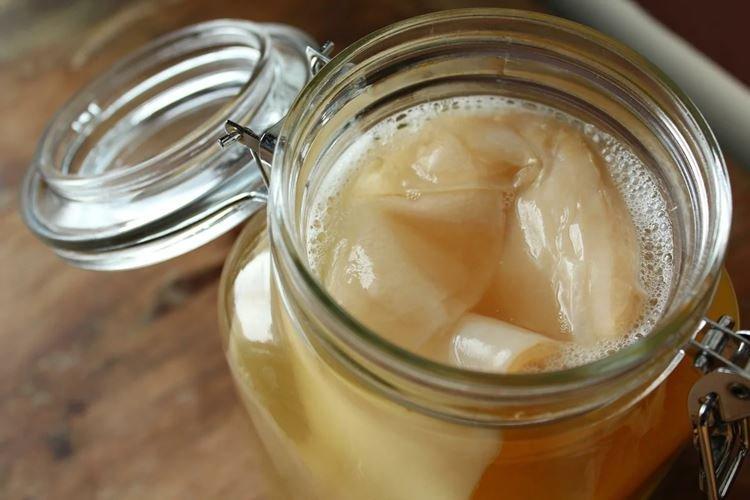
Beneficial features
Kombucha strengthens the immune system and relieves inflammation, cleanses the body, improves brain activity. With regular use, the skin and hair noticeably improve, blood pressure decreases, and headaches go away. It is believed that kombucha is even capable of destroying fungi, bacteria and viruses.
Kombucha stabilizes the activity of the nervous system, it is recommended for insomnia, hypertension, sore throat. It is an effective diuretic, including for kidney problems. After all, it's just a nice way to cool off in the summer heat.
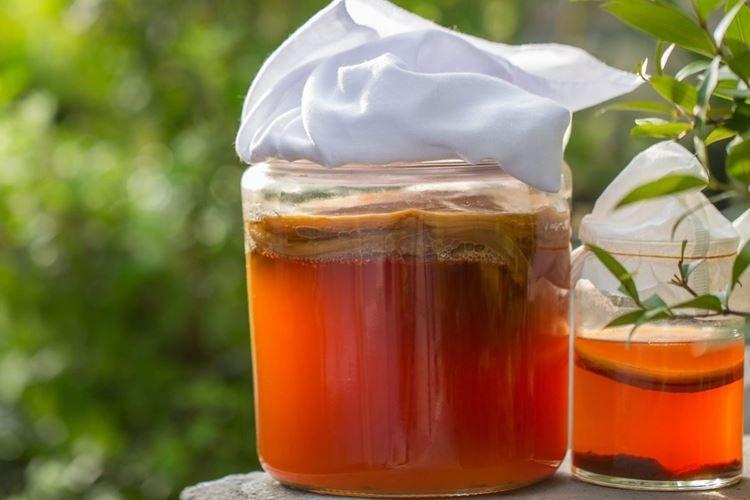
ethnoscience
Three times a day, drink half a glass of honey to relieve pain in gastritis. Drink 4-5 glasses a day to lose weight and consolidate the results of the diet. But an integrated approach and a healthy diet in general are important here.
A piece of mushroom is applied to get rid of inflammation, suppuration, fungus or ingrown toenails. For shine and health of hair, they are periodically rinsed with infusion. And to get rid of dandruff and hair loss - rub the infusion into the scalp.
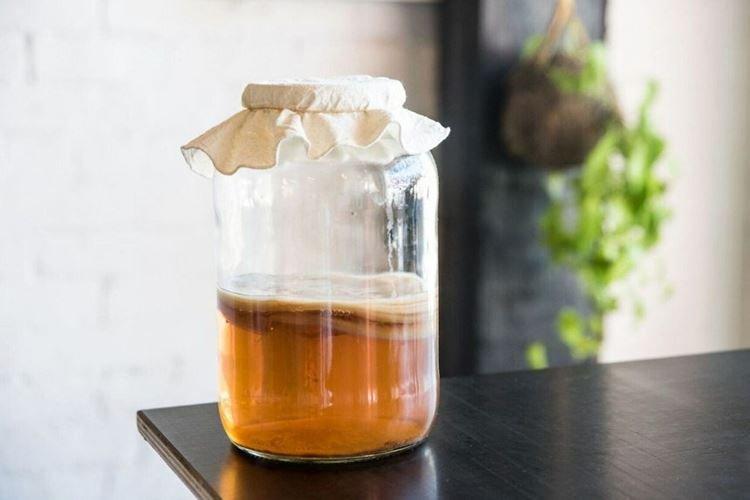
Kombucha care
Medusomycete is very unpretentious, so it is difficult to spoil it with improper care. But in order for the drink to be really what you expect, we recommend adhering to the following rules!
Reproduction
The easiest way to get a kombucha from another is the same, because it grows and still needs to be divided. This will have to be done in any case, otherwise in the future it will simply take up the entire capacity. By the way, the old mushroom can be saved and used again later. To do this, fill it with a small amount of solution and put it in the refrigerator.
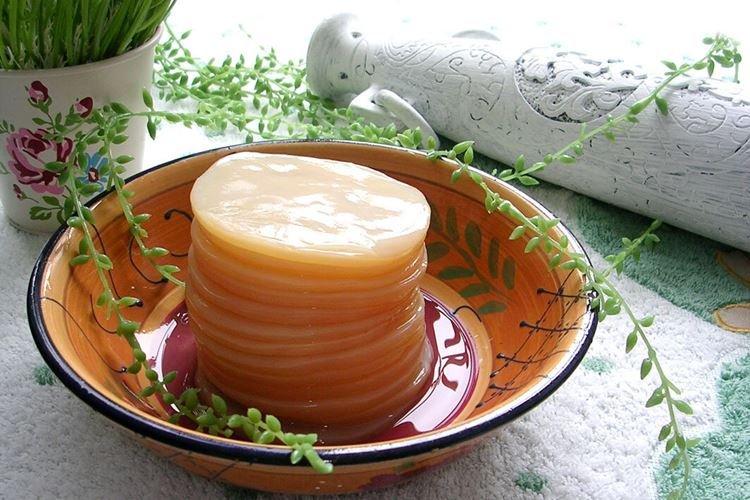
Growing
Growing a mushroom will not work at all without anything - you will need at least a ready-made kombucha. Pour it into a jar, cover it with gauze and leave it in the room. After a couple of weeks, a film will appear, which will gradually grow. Keep in mind that at first the drink will not be so rich and healthy, because bacteria need time.
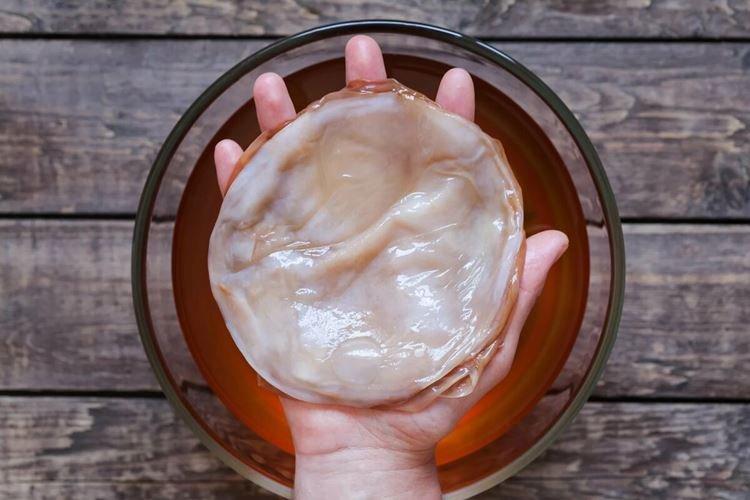
Capacity
A three-liter jar is best for both volume and because it is glass that is easy to clean. The mushroom needs constant access to oxygen, so usually the container is covered with gauze. It is best to settle a new mushroom in an existing solution and add fresh to it.
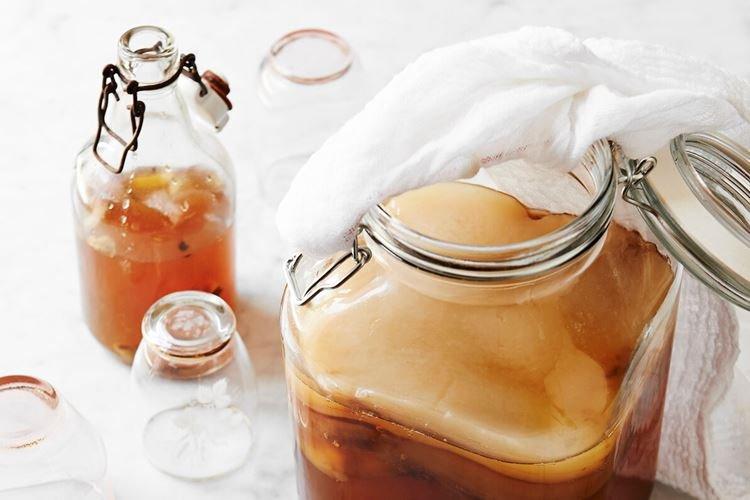
Solution
Sweet tea is traditionally used, because the brew gives the drink a characteristic flavor, and the sugar is needed by bacteria for their vital functions. The tea must be at room temperature, and the sugar must be completely dissolved, otherwise its grains will leave superficial burns.
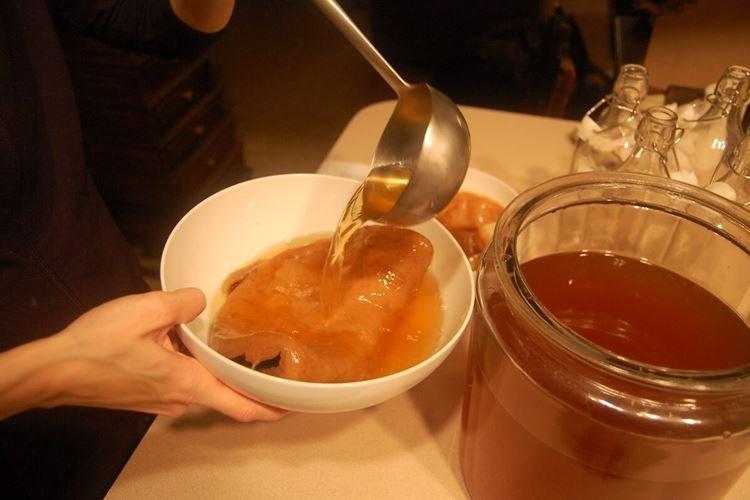
Temperature and lighting
It is important to find a balance between heat and overheating, because the ideal temperature is around 25 degrees. But direct sunlight and proximity to a heater are contraindicated for the mushroom. Too hot a solution can kill bacteria, while a cold solution inhibits development.
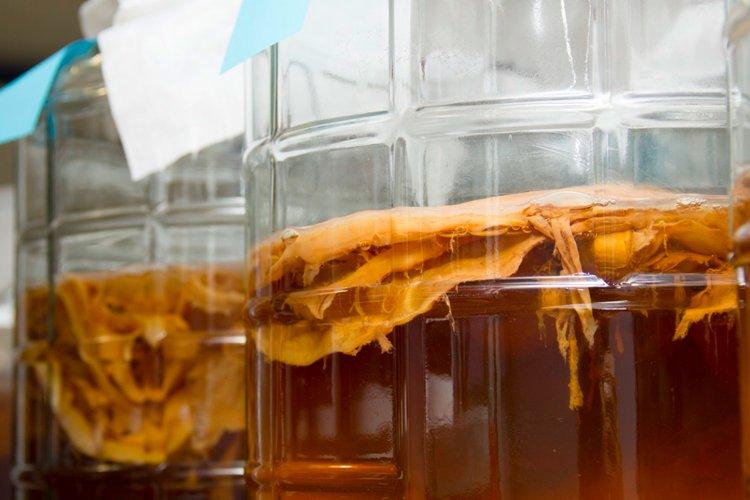
Diseases
Handle the mushroom with care, because all mechanical damage affects the taste of the drink. If the trouble still occurs, let him recover a little in a small amount of a concentrated solution.
The drink should not be consumed if the top surface of the mushroom turns brown or the solution suddenly becomes cloudy. If the room is too cold or the jar is exposed to the sun, it may "bloom" and thin algae or mold will appear inside. In the summer, the mushroom is eagerly attacked by midges, so make sure that the can is tightly covered.
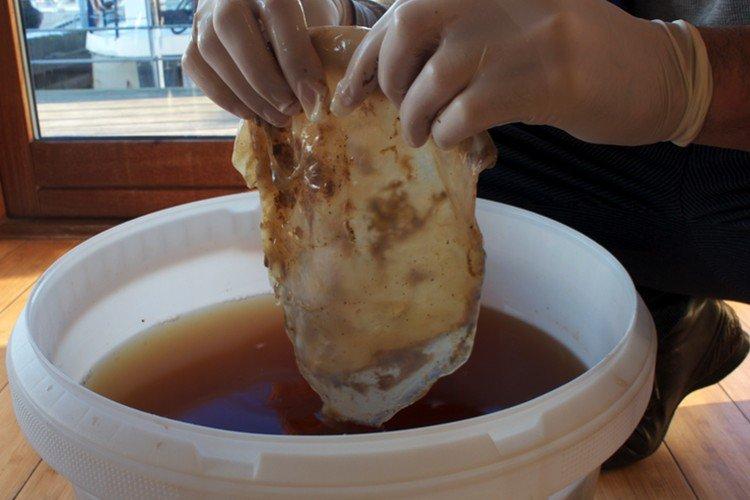
Ready drink
Be sure to drain the solution regularly so it doesn't get too acidic or vinegar. In cold weather - once a week, and in hot weather - two. Rinse the mushroom periodically with cool water, monitor its condition and separate as it grows. Finished kombucha can be stored for up to 2 months in any non-metallic container.
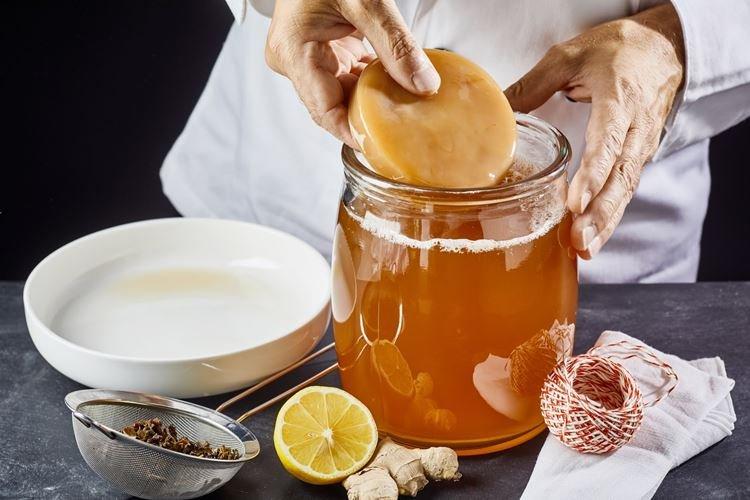
Kombuchi recipe
The taste of the drink directly depends on the solution you use. The classic option is to brew 4 tablespoons of loose leaf tea per standard volume. This amount will require about a glass of sugar. You can experiment with green tea, compote, juice, rose hips, herbal infusions.
Avoid chamomile, sage and other herbs with a high content of essential oils, because they change the structure of the drink during fermentation. Try jam, preserves, or honey instead of sugar. When changing liquid, leave some of the old drink to make the process more active.

Eating Kombucha
It is recommended not to mix the drink with food and wait at least 2 hours before or after. To improve digestion and start metabolic processes, drink a glass in the morning on an empty stomach. And in order to fall asleep as soon as possible and sleep better - at night before rest.
Kombucha should be discarded for people with ulcers or stomach acid. It lowers blood pressure, so hypotension is also a significant contraindication. Avoid fermentation products for diabetes or fungal diseases.
